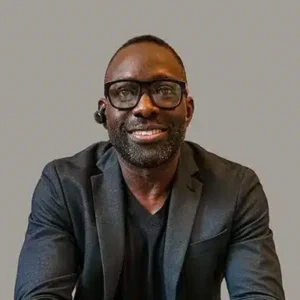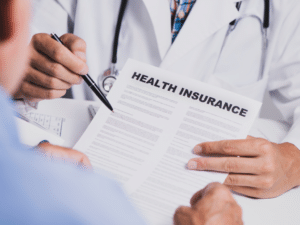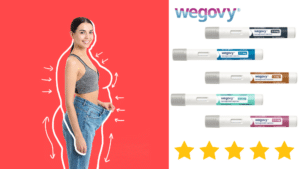What are Varicose Veins?
Varicose veins are large, ropy veins that appear dark purple or blue in color. They develop most often on legs but can occur anywhere. While not always painful, some people struggle with itching, aching, swelling, or cramping that worsens after sitting for a long time. Varicose veins are extremely prevalent in the US. They affect about half of the population over 50.
So what causes these vexing veins? And more importantly, can you get rid of them?
Causes
Varicose veins are caused by weak or damaged valves in the veins. This means that your veins are allowing blood that should be pushed up toward your heart to leak back down and collect in your vein, causing it to inflate. A few things that lead to this weakening of valves include:
- Age
- As we age our veins lose elasticity and stretch. This causes your valves to become weaker, leading to that backup of blood.
- Weight
- Carrying around extra weight puts more pressure on veins, decreasing their ability to do their job efficiently.
- Hereditary and Gender Factors
- Unfortunately, varicose veins are linked with heredity. So if one or both of your parents or grandparents suffered from them, you are likely to as well.
- Women are also much more likely to have them. About 50-55 percent of women experience them compared to the 40-45 percent of men that do.
Regardless of the cause, varicose veins are not something to simply be endured. Many non-invasive, non-surgical varicose vein treatments exist that can improve symptoms.
Treatments
At Home Treatments
There are several things you can do before seeking out a doctor. For example, losing weight can help reduce the pressure placed on your veins. Leg compression stockings are another option. The sleeves, which can be found at most drugstores, apply helpful pressure to your veins, which may help with circulation issues. Elevating your legs can also improve appearance, pressure, and aches.
If none of these approaches are working or your symptoms are particularly painful there are several medical varicose vein treatments to choose from. All of these treatments are non-invasive, low in cost and do not require a hospital stay. While a local anesthetic might be applied, patients are able to go home as well as walk immediately following the procedure.
Non-Surgical Treatments
- Sclerotherapy: a doctor injects salt water or a chemical solution into the varicose vein, causing it to harden and disappear. Sometimes a specialized laser is also used on the surface of the skin to apply bursts of light that close off the vein causing it to slowly disappear.
- Phlebectomy: legs are numbed and a doctor makes tiny punctures in the skin, through which the affected vein is removed.
- Ablation: heat is directed through a thin tube (catheter) and inserted through a small incision in the vein. The heat causes scar tissue to form, closing off the vein and making it disappear.
Varicose veins are a common but annoying, and often painful, part of many people’s lives. But just because they are widespread doesn’t mean they aren’t worth treating.
Bare your legs boldly again! Contact your varicose vein specialist IBI Healthcare Institute today to talk to one of the qualified surgeons about what option is best for you.










